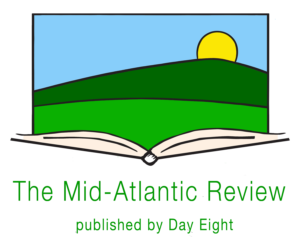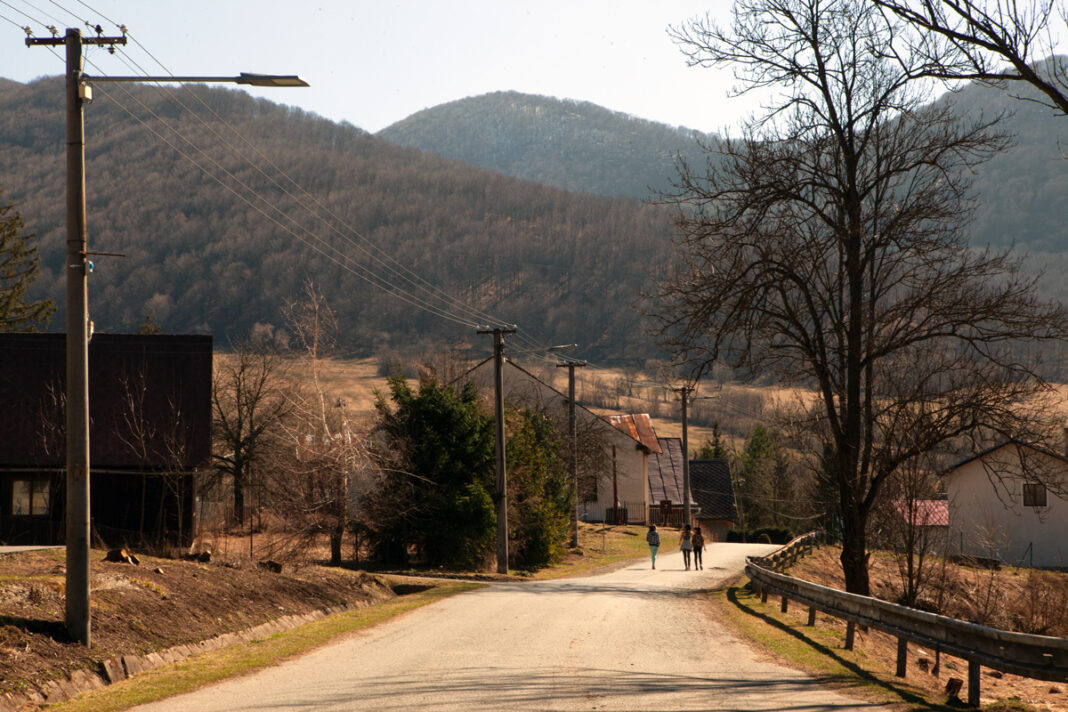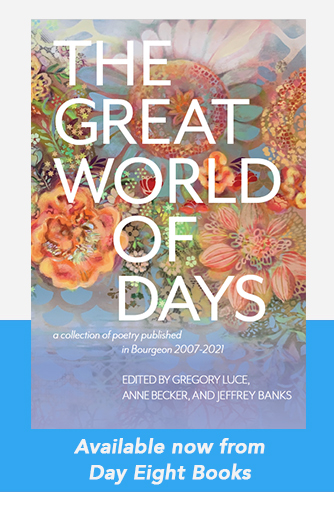I’m in Bardejov, Slovakia with my camera, looking for a link to my past. Photography has never been my primary trade, but rather a complement to my writing over the past decade. A month earlier I had never heard of this northeastern Slovakian city. Nevertheless, there I was, following my family line back to Slovakia on a tip from a newly discovered distant cousin on a genealogy website–all with the unabting enthusiasm of a puppy tracking a scent.
My ancestry search began with a DNA test the year prior. I always knew I had Jewish heritage, but I never considered it in terms of peoplehood or culture. It was just a religion I didn’t grow up in. However, seeing my DNA results displayed on a pie chart changed my perception and fueled a desire to know more. I realized my Jewish heritage was an irreplaceable part of my genetic makeup.
I moved to Germany two years before my adventures in Bardejov, hooked on the overseas experience after a summer in India and nearly a year in Costa Rica. Germany wasn’t by any means the end goal, but it was where the opportunity first arose to live in Europe. I could experience a vast array of cultures and languages and visit them all by train.
The Rhine river was flowing outside my office window as I reviewed my DNA results. Out of pure happenstance–or fate if you believe in such things–I was in the cradle of Ashkenazi civilization, a relatively short trip away from the shtetl of my ancestors. I had to see what I could find.
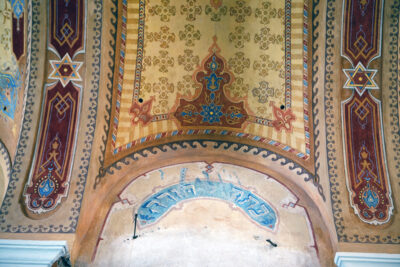
A local researcher meets me within hours of my arrival in Bardejov. He’s the archetype of a good-natured grandfather: opinionated, jovial, and occasionally contemplative. One minute he’s laughing, the next he’s lamenting the loss of the local Jewish population and the incomprehension of a people targeted for extermination simply for being.
I can’t for the life of me figure out why he’s offered to show me around the region and visit the restored synagogue. In the end, I chalk it up to his grandfatherly charm. It reminds me of when my father met my sister-in-law for the first time and channeled his excitement by driving her down every single side street in Northeast Ohio, pointing out this or that along the way despite her obvious car sickness.
Moving around town, I realize I don’t know what I’m looking for. All I know is that any link I find to the past is bound to be abstract at best. It’s not like popping by your childhood home, decades after you’ve moved out, looking for the handprints you left behind on the garage cement; it’s stopping by a neighborhood halfway across the world after two world wars because of a tip from a guy you met online.
Like far too many corners of Europe, almost all traces of Jewish life have vanished in Bardejov. Even the lives of those who passed long before the Shoa are hard to imagine. Some details are still there, but they’re easy to miss, like the small piece of faded doorpost where a mezuzah was once set.
Easier to spot are the tombstones, at least the ones left standing. A wall protects a Jewish resting place not far from that lost mezuzah. There’s a Hebrew inscription at the gate with a number you can call to get in. But inside, it’s virtually empty. The tombstones have all been destroyed, save for a few slabs of stone left standing amongst the wild grass. I take a photo of the emptiness as my host explains that the tombstones were desecrated and turned into cement for roads.
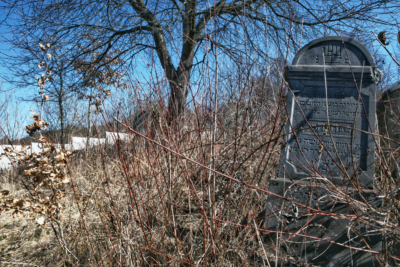
We continue to another cemetery. This one was left remarkably unscathed in comparison; perhaps because it’s slightly more inconvenient to access, being situated on a small hill.
I keep my camera ready by my side. At this point, I let instinct tell me when to frame a shot. I capture a few wide shots of the cemetery with the tombstones standing in neat rows. Only a couple appear to have lost their grip on the soil. As I wade between tombstones and loose, naked springtime branches, I decide to capture a closeup of a headstone. I’m surprised by its ornateness. Something this old, I expected a worn slab sticking out of the ground with faded text. The Hebrew is as legible as a Haaretz headline.
Later, I leave my camera at the hotel and go for a run. Meandering around the trails, I wonder what it means to return to the shtetl of my ancestors. Do I feel more connected to my Jewishness? Is my Yiddishkeit activating like a lion returned to its natural habitat? Or am I just happy to be traveling someplace more peaceful and low-key than Paris or London?
Weeks later, I’m watching a film about a far-right, anti-Semitic Hungarian politician who discovers his own grandmother is Jewish and survived the Holocaust. Rabbi Boruch Oberlander joins the politician in a long journey to try and make amends while reconnecting with his heritage. In one scene, the two walk side-by-side in a Jewish cemetery. Rabbi Oberlander explains to his student why they made the journey.
“You come to the cemetery to think. We have to remember those who lived these lives and also the fate of the Jewish people. So coming back here is in fact reconnecting with your ancestors…”
A light bulb suddenly blazed inside my brain. I need to remember these lives, and appreciate how my life is tied to the fate of the Jewish people. I decide to dive deeper, to learn and experience more. Who were my ancestors, and where did they go? I return to the genealogical puzzle that is my Jewish heritage, determined to solve the next mystery and find the next shtetl.
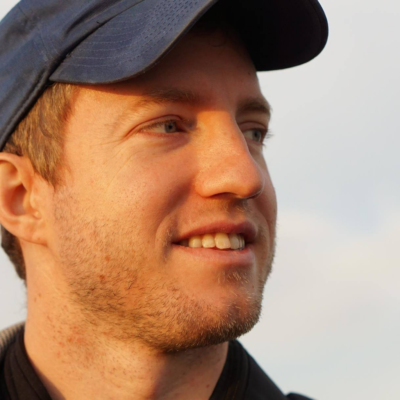
Joe Baur was born outside of Cleveland, Ohio. In 2015, he received his Masters in Peace and Conflict Studies from the University For Peace in Costa Rica while reporting for The Tico Times. After a brief stint back in the United States, he moved overseas to Düsseldorf, Germany where he published “Talking Tico: (Mis)adventures of a Gringo in and Around Costa Rica” on his time in Costa Rica and served as Managing Editor for trivago Magazine––a digital travel outlet. Three years after his initial move to Düsseldorf, he relocated across the country to Berlin where he regularly reports for the Jewish Telegraphic Agency and pursues other writing, photography, and filmmaking projects that often focus on identity. Website: www.joebaur.com.
Joe Baur is an artist featured in “Authenticity and Identity”, a visual arts exhibition curated by Ori Z. Soltes on display at Adas Israel Congregation, Washington, D.C., April 6 to May 15, 2021. To learn more about the exhibition visit https://authenticityandidentity.com/.
